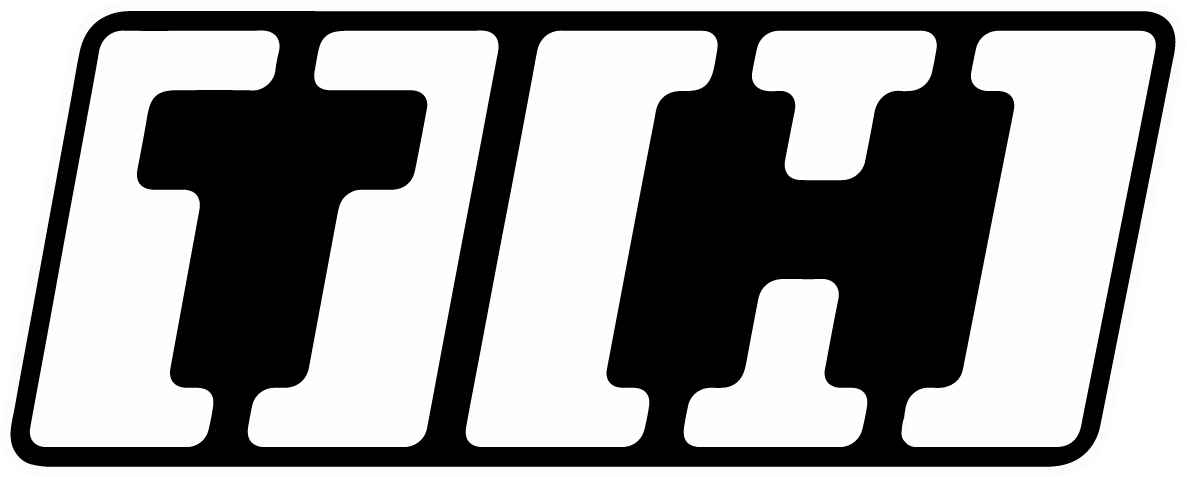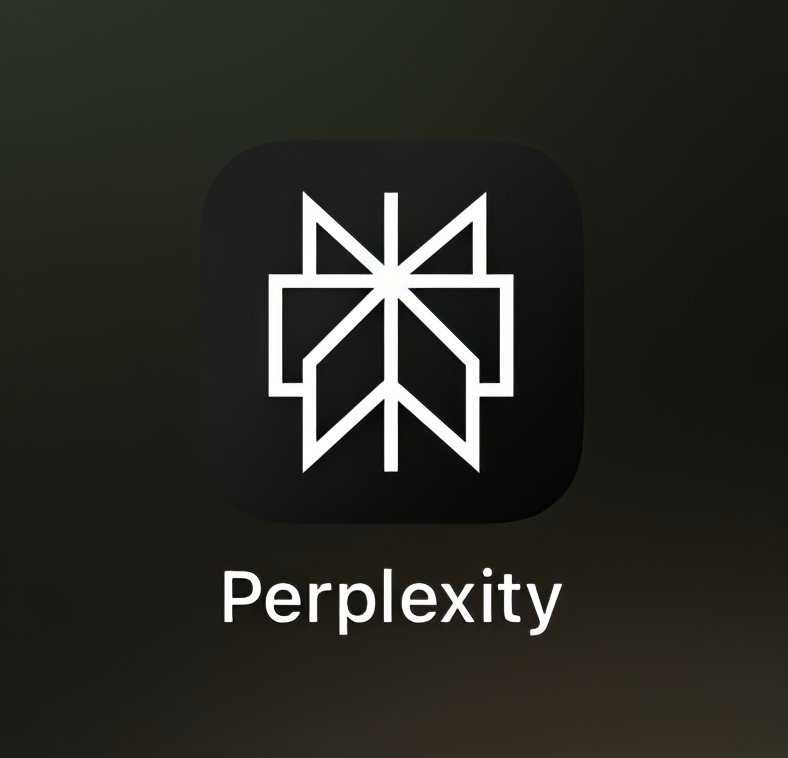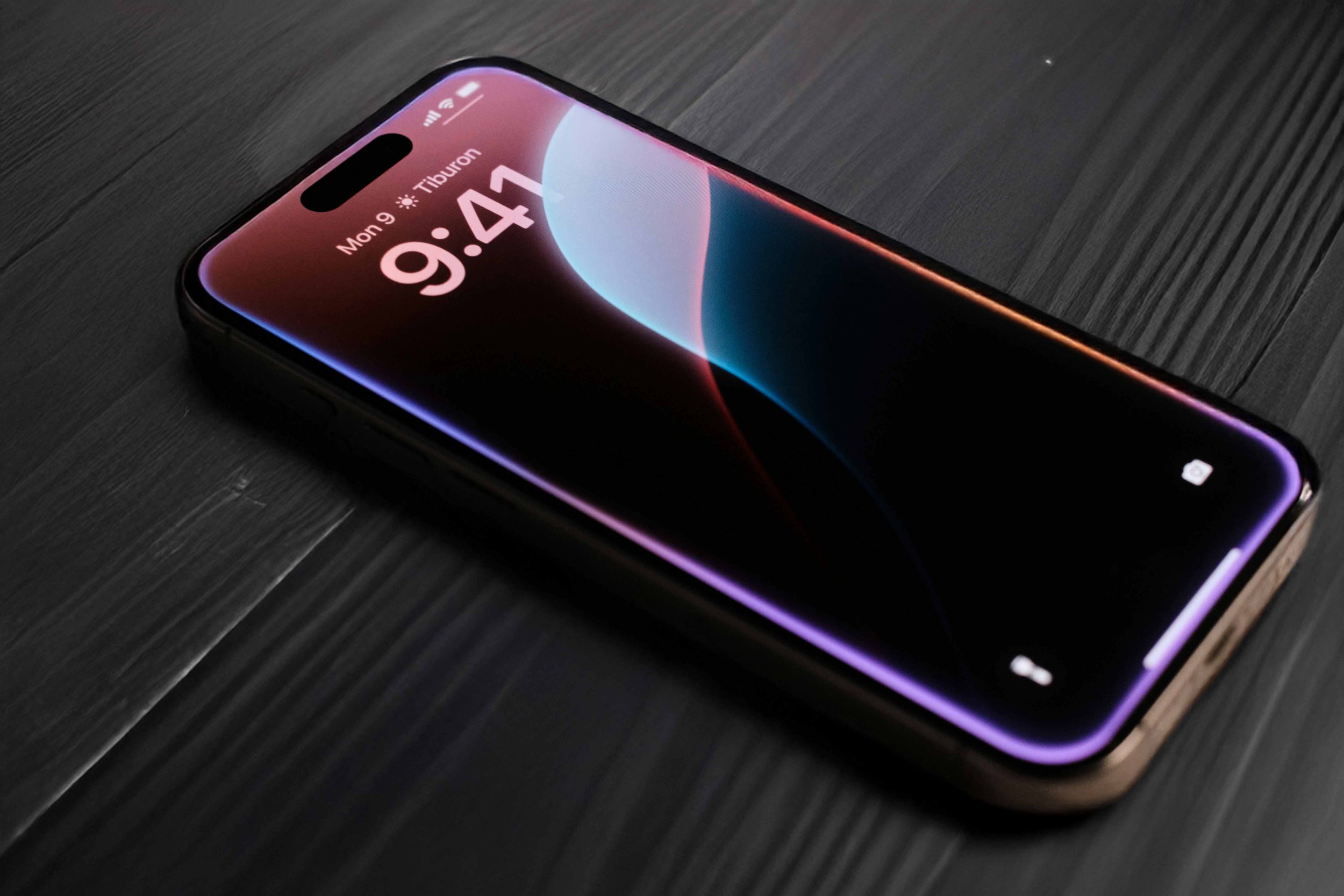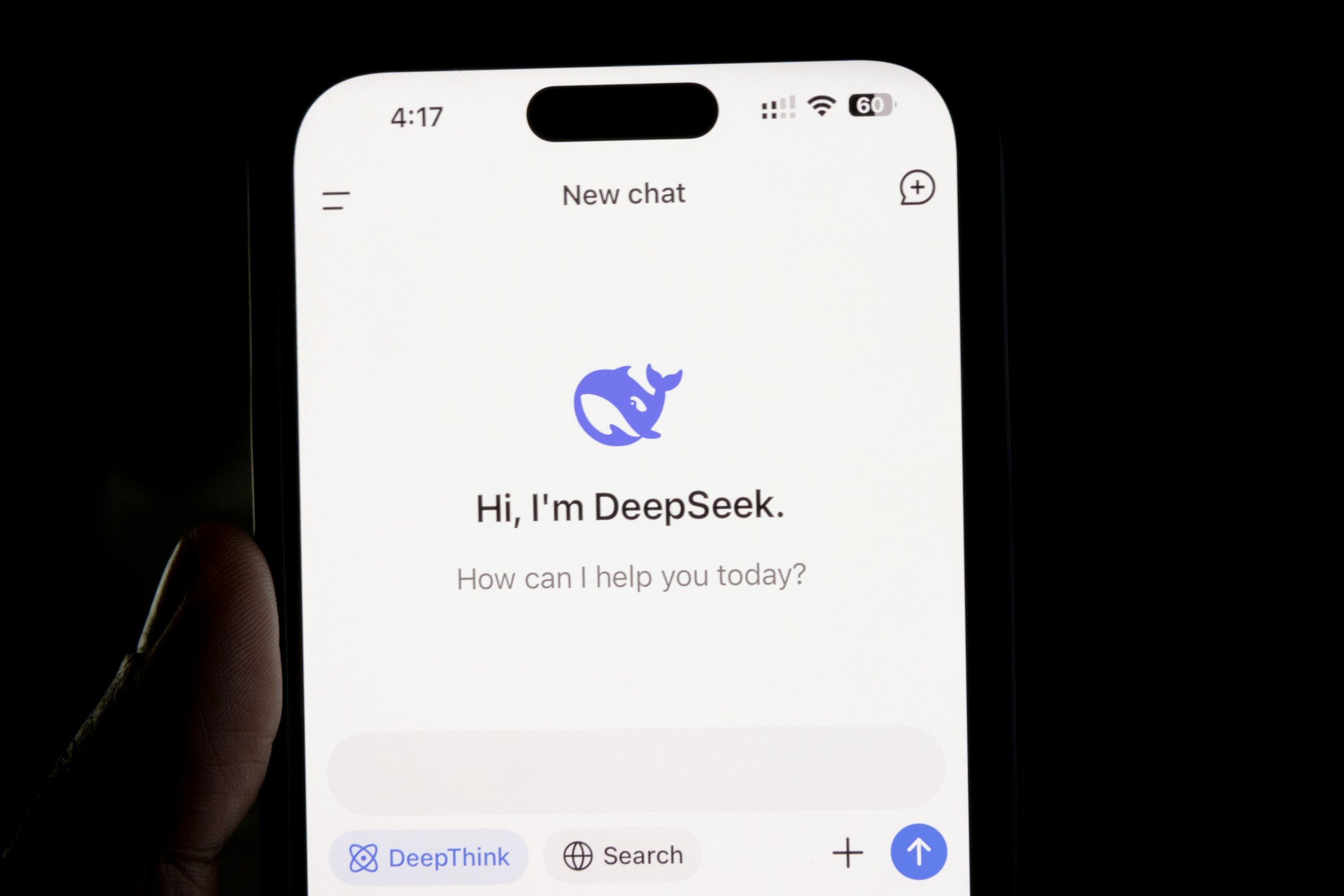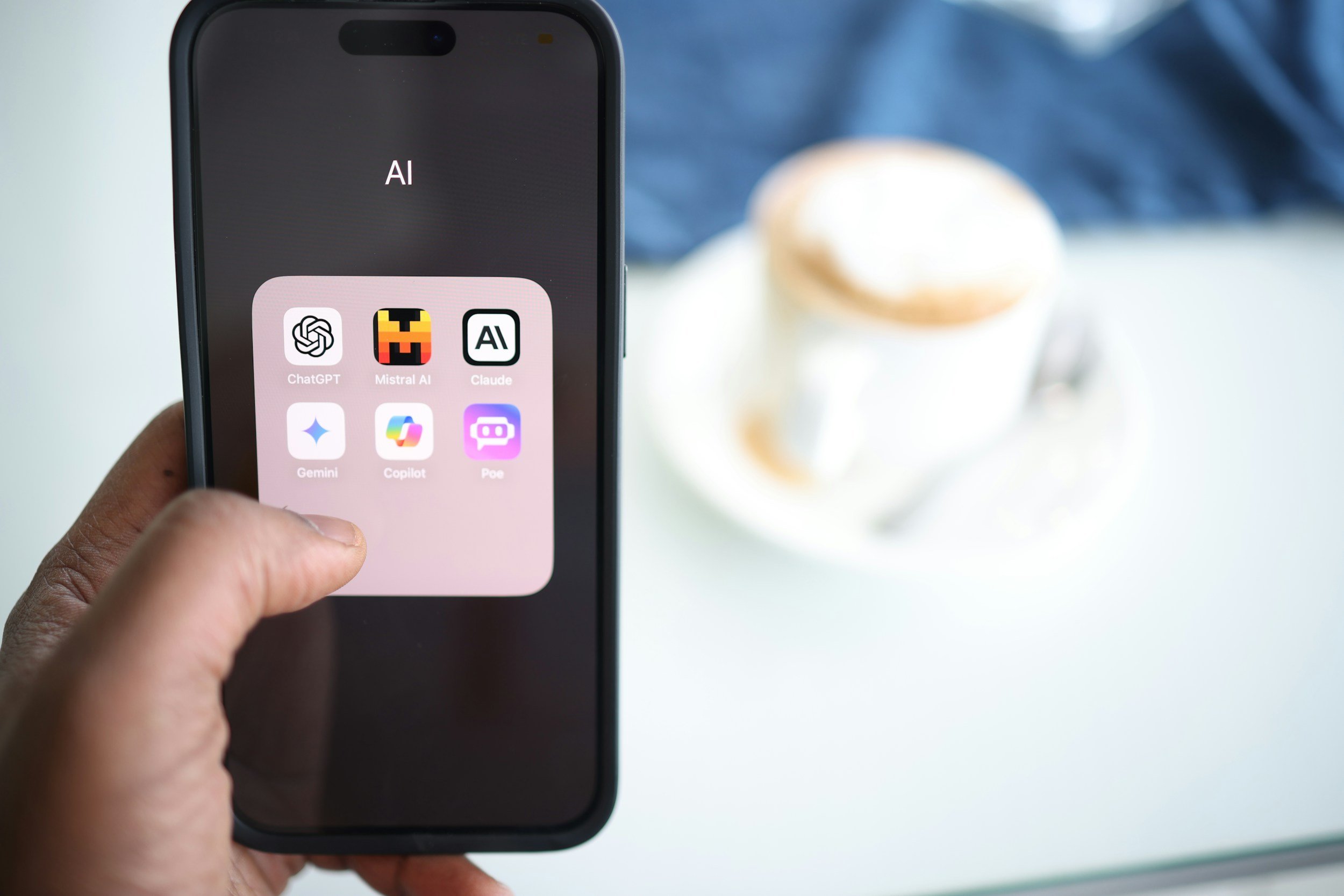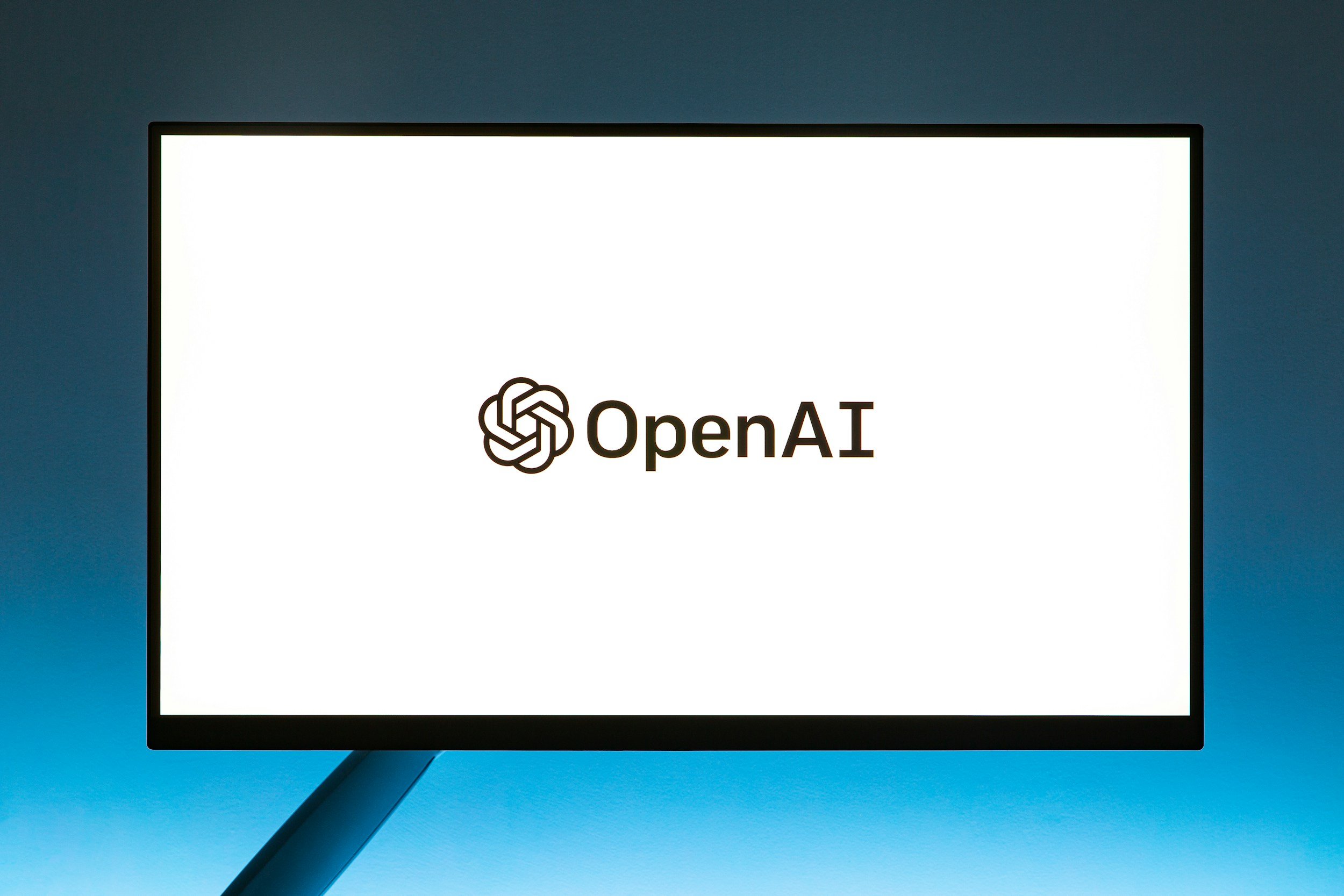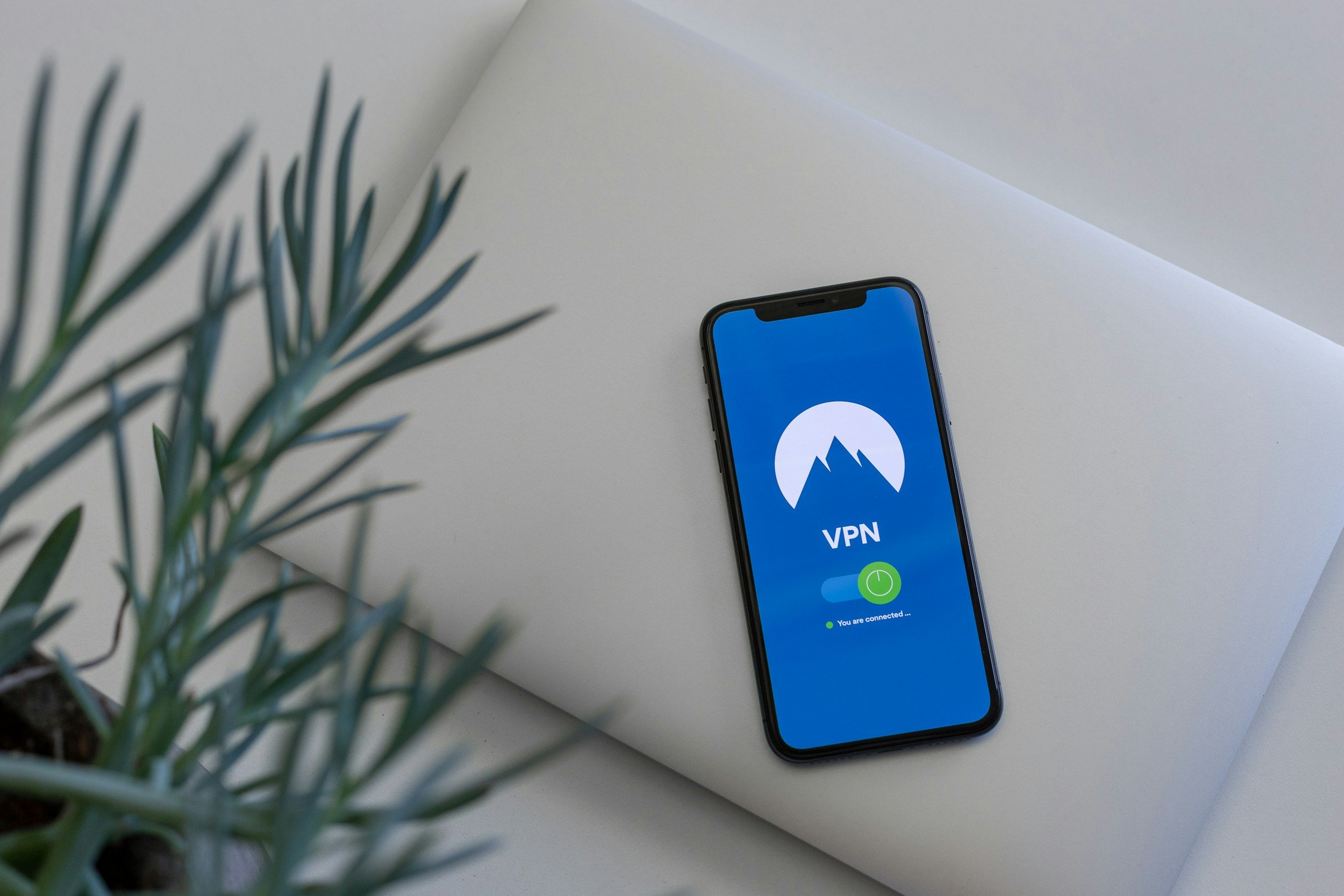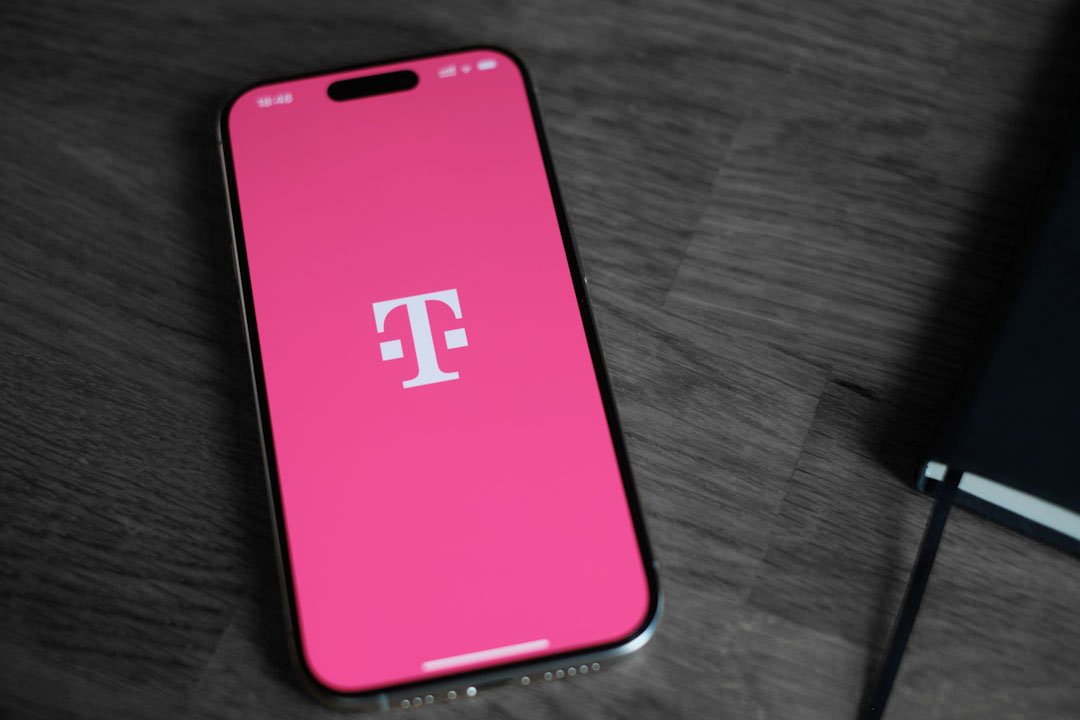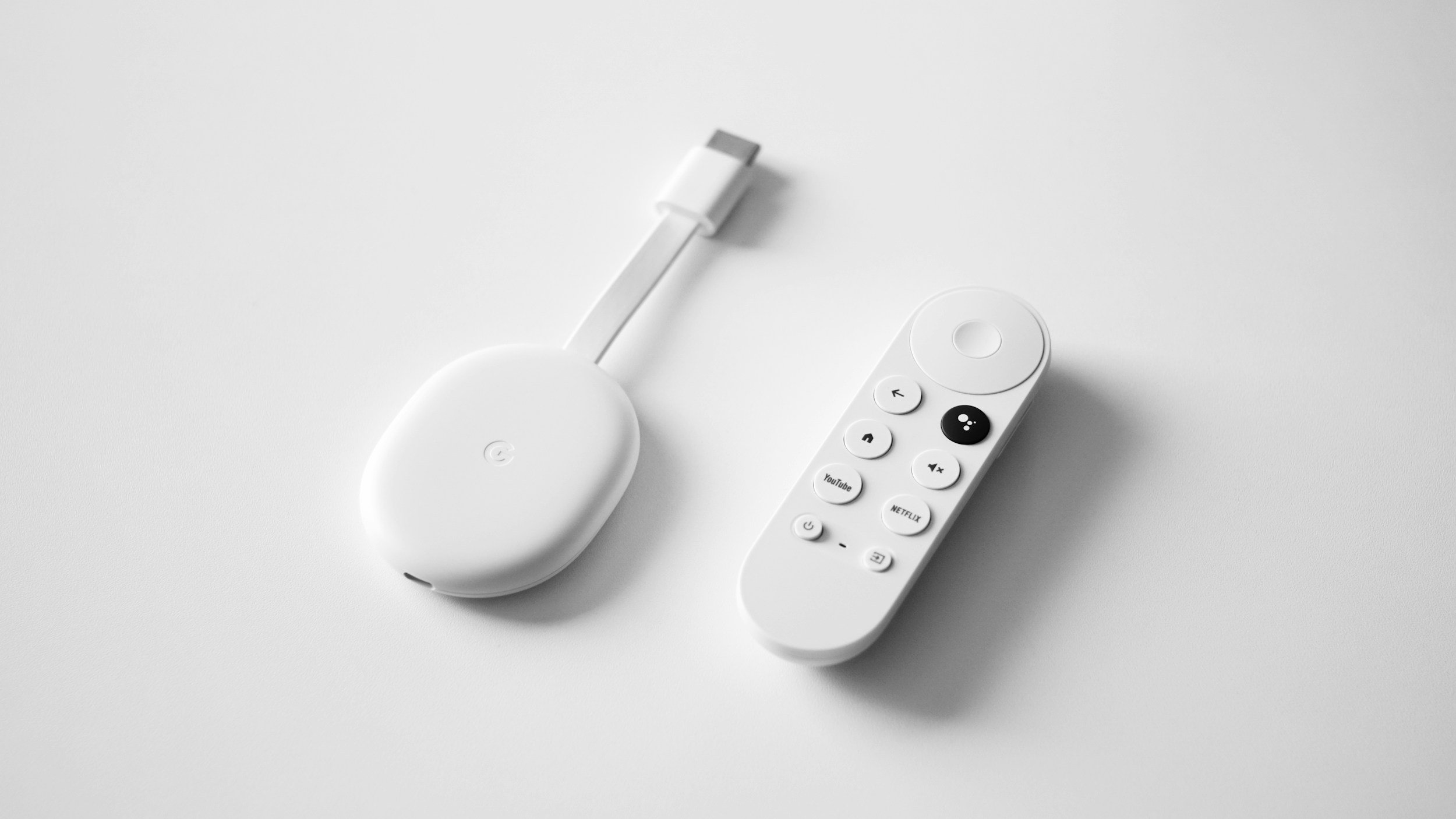Can Canvas Detect ChatGPT?
When you purchase through links on my site, I may earn an affiliate commission. Here’s how it works.
Table of Contents Show
Picture this: It's 2 AM, you've got an essay due tomorrow, and you're staring blankly at a screen. Then you remember ChatGPT. A few prompts later, bam – a perfectly coherent paper. But then that little voice in your head chimes in – "Wait, will Canvas catch me?”
If this sounds familiar, you're definitely not alone. Students and teachers alike are grappling with the rise of AI writing tools, especially ChatGPT. It's a game-changer for sure, capable of churning out text that's often – especially with the help of some light editing – indistinguishable from human writing.
But as we integrate more tech into our lives, especially education, we gotta ask the tough questions. And in this case, the question is: Can Canvas, that platform where you submit your assignments, actually detect if ChatGPT had a hand in your work?
There's a whole lot more to this story, and we're going to dig into all the nuances. We'll talk about third-party tools, the role of your instructors, and even the ethics of using AI in education.
So, if you've ever been curious about the intersection of AI and academia, stick around. We'll take a good look at Canvas, ChatGPT, and the gray areas in between.
What Are Canvas and ChatGPT?
Let's make sure we're all on the same page about what Canvas and ChatGPT actually are. I know most of you folks are already familiar, but for those who aren't, here's the quick rundown:
What is Canvas?
Think of Canvas as the digital headquarters for your online courses. It's a Learning Management System, or LMS for short. It's where you log in to access course materials, submit assignments, take quizzes, and basically do everything related to your online learning. It's like the Google Classroom or Blackboard of the internet, but often more streamlined and feature-rich.
What is ChatGPT?
ChatGPT is an AI chatbot, like a supercharged version of the customer service bots you might encounter on websites. But instead of answering basic FAQs, ChatGPT can hold conversations, write essays, generate code, even brainstorm ideas. It's powered by a Large Language Model (LLM) that's been trained on a ton of data, making it incredibly versatile and eerily human-like at times.
Can Canvas Tell if You Use ChatGPT?
Here's the deal: As of right now, Canvas, out of the box, doesn't have any hidden ChatGPT detector built-in. It's not like there's a little alarm bell that goes off in your professor's office if you use AI to help you write. But that doesn't mean you're in the clear.
Canvas does have a plagiarism detection tool called Turnitin. You've probably heard of it. It's like the grammar police of the academic world, scanning your work for similarities to other texts in its massive database.
However, Turnitin wasn't really built with AI in mind. It's good at catching copy-pasting and paraphrasing, but when it comes to AI-generated content, it was not reliable. There are some cases where Turnitin might raise a flag if the AI borrows too heavily from existing sources, but clever AI can often dodge those traps.
However, things have changed now: Turnitin has recently introduced its own AI detection model, which is specifically designed to identify AI-generated writing. This model is claimed to be highly proficient in distinguishing between AI and human-written content, and it is seamlessly integrated into Turnitin's products. This means that most institutions that use Canvas also use Turnitin, so the chances of your AI-generated essay being detected are even higher.
Additionally, Canvas has got some other tricks up its sleeve that can indirectly discourage ChatGPT shenanigans. For instance, instructors can tweak assignment settings to make AI-generated responses less effective. They can ask for personal reflections, specific examples, or even drafts of the work.
And then there are proctoring tools. These are like the virtual hall monitors of online learning. Tools like Proctortrack can track eye movements, record your screen, and even use facial recognition to make sure you're the one taking the test. While they won't directly detect AI, they can create an environment where using ChatGPT feels riskier.
So, the bottom line is this: Canvas isn't going to magically expose your AI-generated essay with a single click. But that doesn't mean it's a free-for-all. The tools and settings within Canvas can make it trickier to pull off, and the human element – your instructors – still play a crucial role in spotting AI-generated content.
It's like a cat-and-mouse game: AI tools are getting smarter, but so are the detection methods. The question of "Can Canvas detect ChatGPT?" is just the tip of the iceberg.
Can Canvas Detect AI Writing with Third-Party AI Detection Tools?
Since Canvas itself doesn't have a built-in ChatGPT detector, you might be wondering, "Is there any way to spot AI-generated text?" Well, that's where third-party AI detection tools come into play.
Apart from Turnitin, two names you'll hear a lot are Originality.AI and GPTZero. Originality.AI is like a comprehensive plagiarism checker with an AI detector built-in. It claims to spot AI-generated content with a high degree of accuracy, but we'll talk more about that later.
GPTZero, on the other hand, is specifically designed to detect text generated by GPT models, the family that ChatGPT belongs to. It looks for patterns and quirks in the text that give away its AI origins.
Now, here's the interesting part: many of these tools actually offer integration with Canvas. It's not always a seamless plug-and-play situation, but with a bit of technical know-how, instructors can set things up so that student submissions are automatically scanned for AI content.
But, and this is a big but, these tools aren't foolproof. AI detection is still very much a developing field, and even the most advanced tools have their limitations. Think of it like a fingerprint scanner – it's great at identifying matches, but clever forgers can still find ways to trick the system.
For starters, the accuracy of these tools can vary depending on the type of text and the specific AI model used. They might be great at catching obvious ChatGPT copy-pastes, but more subtle or sophisticated AI writing could slip through the cracks. False positives are also a concern, where a tool might flag human-written text as AI-generated.
Another thing to consider – as I’ve mentioned earlier – is the cat-and-mouse game between AI creators and detectors. As AI models evolve, so do the detection methods. It's a constant race, and there's no guarantee that any tool will stay ahead of the curve forever.
So, should you rely on these third-party tools? Well, that's up to the instructors and institutions. They can be useful in raising flags and prompting further investigation, but they shouldn't be the sole judge of whether a piece of writing is AI-generated or not. The human element, the critical thinking and analysis of the instructor, is still irreplaceable.
Are Al Detectors Reliable? – Instructors' Role in Detection
Now, let's not forget the most important factor in this whole equation: the human element. Fancy AI detection tools are cool and all, but at the end of the day, instructors are the real MVPs when it comes to spotting AI-generated content. They're the ones who know their students' writing styles, their strengths, their weaknesses. They're the ones who can read between the lines and say, "Hmm, something doesn't quite add up here."
Think of it like this: AI detection tools are like spellcheck. They can catch some errors, but they can't replace a good editor. Instructors are the editors, the ones who can see the bigger picture and make informed judgments.
So, what should instructors be looking for? Well, there are a few telltale signs that might raise suspicion. One is a sudden change in writing style. If a student who usually struggles with grammar suddenly turns in a perfectly polished essay, that might be a red flag. Similarly, if the quality of their work is inconsistent, that could be another clue. AI can sometimes produce generic or formulaic responses that lack depth or originality.
But it's not just about the writing itself. Instructors can also pay attention to how students interact with the material. Do they seem engaged and knowledgeable in class discussions? Can they explain their work in their own words? These are the kinds of things that AI can't easily replicate.
Now, I'm not saying instructors need to become AI detectives overnight. But there are some proactive steps they can take to deter ChatGPT use and promote academic integrity. One is to design assignments that are harder for AI to tackle. Think open-ended questions, personal reflections, or tasks that require creative problem-solving.
Another is to have students explain their work, either in writing or through presentations. This forces them to engage with the material on a deeper level and makes it harder to simply regurgitate AI-generated content.
And, of course, promoting a culture of academic integrity is key. This means having open conversations about the ethical implications of using AI tools like ChatGPT, setting clear expectations for students, and emphasizing the value of original thought and hard work.
In my opinion, it's a team effort. Instructors, students, and technology all have a role to play in creating a learning environment where AI is used responsibly and ethically.
The Ethics and Future of AI in Education
If you’ve made it this far, let's switch gears for a minute and talk about the bigger picture – the ethics and future of AI in education. We've talked a lot about the technical side of things, but now it's time to zoom out and think about the implications of all this.
First things first, the ethics. Using AI tools like ChatGPT in academic settings is a bit of a gray area. On one hand, it can be a helpful tool for brainstorming, research, and even language learning. It's like having a supercharged study buddy that's available 24/7.
On the other hand, relying on AI to do the heavy lifting raises concerns about academic integrity, originality, and the development of critical thinking skills. If students are just copying and pasting AI-generated responses, are they really learning?
This isn't a simple yes-or-no question. There are different perspectives and valid arguments on both sides. Some argue that AI can democratize education, making learning more accessible and personalized. Others worry that it could exacerbate existing inequalities and create new challenges for educators. It's a complex issue that requires careful consideration and ongoing discussion.
Now, let's not get all doom and gloom here. AI has the potential to revolutionize education in some really positive ways. Think personalized learning plans, instant feedback on assignments, and even virtual tutors that can adapt to individual needs. It's like having a custom-tailored education experience, something that was previously only available to the privileged few.
But with great power comes great responsibility, as they say. As AI becomes more integrated into education, it's crucial to develop ethical guidelines and best practices that ensure it's being used in a way that benefits everyone, not just the tech-savvy elite.
And let's not forget about the detection side of things. As AI models get more sophisticated, so do the tools designed to detect them. It's an arms race of sorts, with each side constantly trying to outsmart the other. This raises questions about the future of education. Will AI-generated content become so good that it's indistinguishable from human writing? Will we need to rethink how we assess student learning?
These are the kinds of questions that we need to be asking ourselves as we move forward. The future of AI in education is uncertain, but one thing's for sure: it's going to be interesting. The technology is evolving at a rapid pace, and it's up to us to shape how it's used and ensure that it serves the greater good of education.
Conclusion
Alright, let's bring it all together. So, can Canvas detect ChatGPT? The short answer is no, not on its own. Canvas isn't equipped with a built-in AI detector, and while Turnitin might catch some instances of plagiarism, it's not foolproof when it comes to AI-generated text.
But here's the thing: just because Canvas can't directly spot ChatGPT, doesn't mean it's a free pass to use AI for your assignments. There are third-party tools that can help instructors identify AI-generated content, and let's not forget the good old-fashioned human element – your teachers. They know your writing style, they can spot inconsistencies, and they'll likely notice if your essays suddenly become suspiciously perfect overnight.
At the end of the day, this isn't just about catching cheaters. It's about a much bigger conversation around AI in education. How do we use these tools responsibly? How do we ensure academic integrity in an age of increasingly sophisticated AI? And how do we prepare students for a future where AI will be an integral part of the workplace?
These are questions we all need to be thinking about. Whether you're a student, a teacher, or just a tech enthusiast, it's important to understand the capabilities and limitations of both Canvas and ChatGPT. And it's equally important to use these tools ethically and responsibly.
So, what do you guys think? Have you encountered ChatGPT in your academic life? What are your thoughts on the use of AI in education? Drop a comment below and let me know!
And hey, if you're into tech and want to stay up-to-date on the latest trends, be sure to subscribe to my newsletter. I cover everything from smartphones to AI, and I promise to keep you informed and entertained.
Thanks a lot for reading, and until next time!
FAQ
-
Not directly. Canvas itself doesn't have a built-in ChatGPT detector. However, instructors might use third-party AI detection tools or rely on their own judgment to identify AI-generated content.
-
Turnitin is a plagiarism detection tool integrated with Canvas. While it can catch some instances of AI-generated text, it's not always foolproof and may miss more subtle or sophisticated AI writing.
-
Yes, instructors might look for signs like a sudden change in writing style, inconsistent quality, or difficulty explaining the work in their own words. They can also design assignments that are harder for AI to complete and encourage a culture of academic integrity.
-
Absolutely! AI can be a powerful tool for personalized learning, instant feedback, and research assistance. When used responsibly, it has the potential to enhance the learning experience.
-
AI detection is a rapidly evolving field. As AI models become more sophisticated, so do the tools designed to detect them. It's an ongoing arms race, and the future is uncertain. However, I think it's crucial to have ongoing discussions about the ethical implications of AI in education and develop best practices for its responsible use.
MOST POPULAR
LATEST ARTICLES
